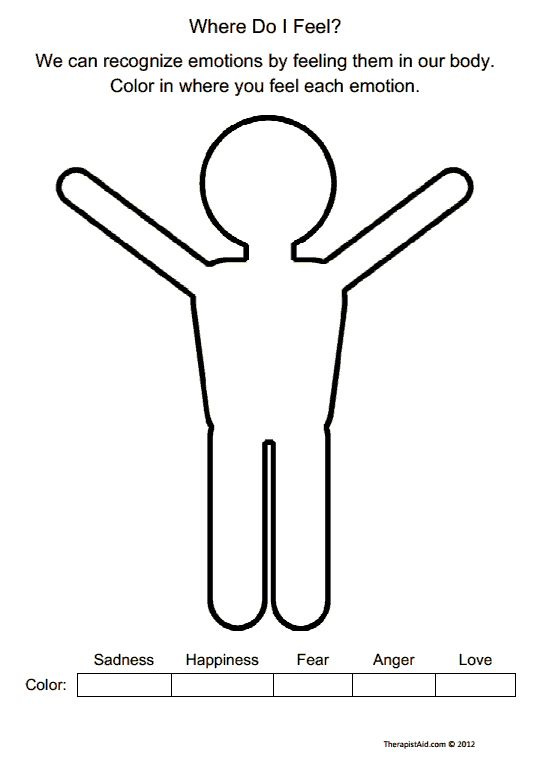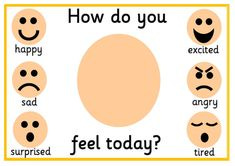Anusha has just completed her day’s work. She seems agitated and restless. Her family asks her what happened? Anusha snaps and says “I don’t know! I can’t understand what is happening to me.”
Anusha might be feeling frustrated, drained, or any other feeling. She would have probably responded in a calmer way if she was able to pinpoint what she was feeling. She is struggling with her emotional vocabulary.
Emotional vocabulary? What is that?
Vocabulary is a set of words that helps us communicate our language better. Similarly, emotional vocabulary is a set of emotion-based words that help us communicate our emotional language better.
Why build an emotional vocabulary?
Before I state a few points. Answer this:
How are you feeling right now?
Chances are you must have thought of the following words:
“Good, bad, fine, okay I guess, I don’t know, Ehh!”
Emotional vocabulary helps us go beyond these words. It helps us identify and communicate our emotions better.
What happens if emotional vocabulary is not built?
Imagine going into a shop and not knowing what you need.
Will the shopkeeper be able to help you?
Similarly, if we don’t know what we are feeling, how can we expect others to help or understand us when we cannot even understand ourselves?
Lack of emotional vocabulary for a prolonged period of time can also lead to alexithymia. Which refers to the subclinical inability to identify and describe emotions experienced by one's self.
How can we build an emotional vocabulary?
Connect the body and mind- Start by identifying physical sensations in the body. Observe how your body feels every time you feel sad, happy, or angry. Does any part heat up? Do you feel dizzy? Next time you feel a feeling, connect them to the physical sensations to reiterate the vocabulary.
Emotions wheel- One of the best ways to build vocabulary is by using an emotions wheel. Here is an example of one:
Start from the inside of the wheel. Then move outside to label exactly how you are feeling. Remember to connect the physical sensations with the feeling.
Emotional thermometer- What is the difference between feeling mad vs. feeling offended? The emotional thermometer helps us answer this question by understanding the magnitude of our feeling. Ask yourself a simple question: “On a scale of 1 to 10 how angry do I feel?” Replace the very words with the feeling word. This helps in choosing the feeling word and identifying exactly how we feel.
Okay. But, how do we retain the emotional vocabulary?
Be consistent- Consistently use emotional words every time someone asks you how are you? This helps in rewiring the brain and building a consistent vocabulary.
Play emotion games: Playing games is a great way to retain vocabulary. Here are some ideas:
a. Feelings check in- Print the emotions wheel and do feelings check-in with yourself every day.
b. Scrabble- Play emotions scrabble to check how many words do you remember?
c. Who am I- This is one of my favorite games! Guess the feeling based on physical and emotional sensations. For example, I feel hot. I feel like I am about to burst. Who am I? Answer: Anger. Create your own who am I cards and go play!
Make sentences- Yes! Just like we make sentences when we learn a new word. Make sentences from emotions. Use the following statement:
I feel ____
because ________
when _________
What I need ________
You could also paint or maintain an emotions journal to track how you feel throughout the week.
Remember, we go through several emotions in a day. By building an emotional vocabulary we give ourselves the permission to feel and are able to manage our emotions better.











